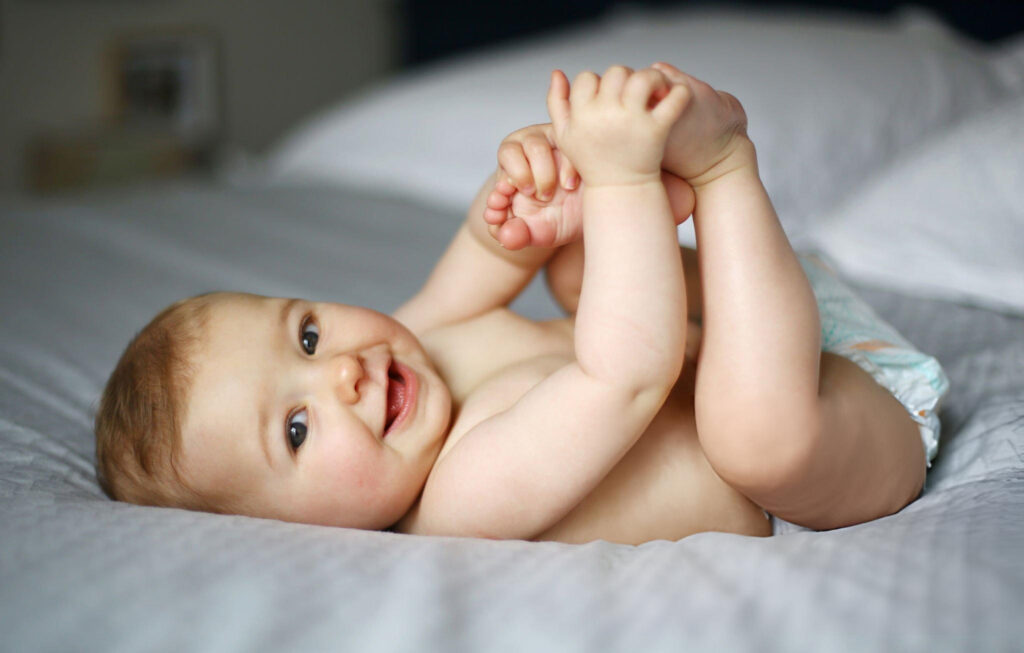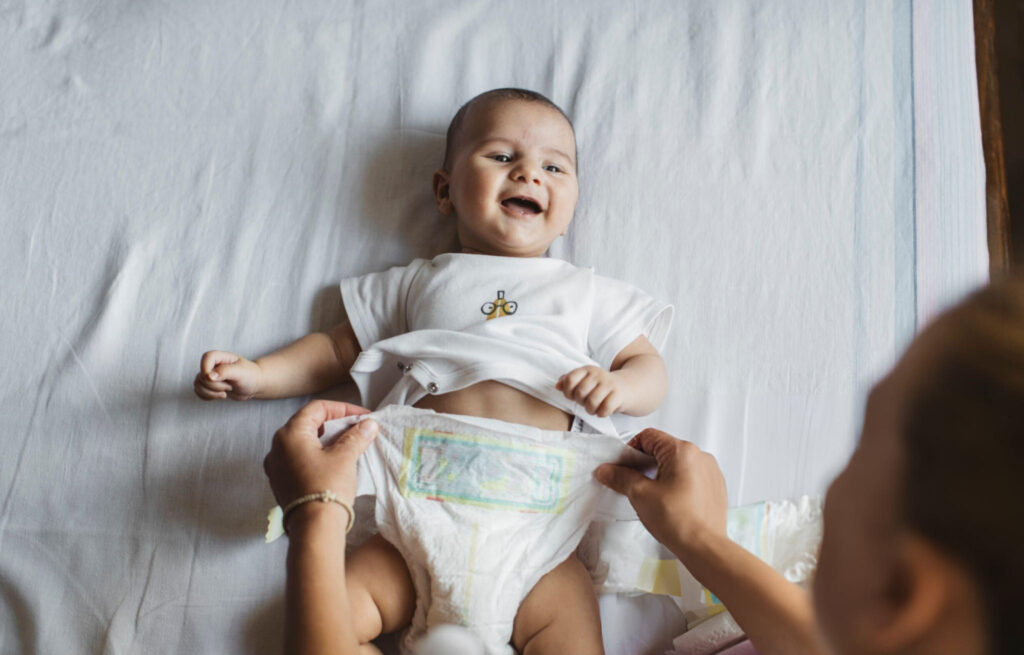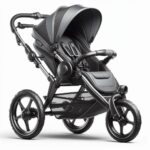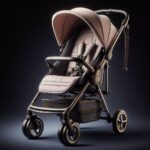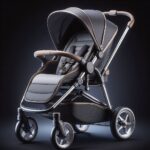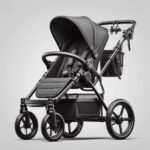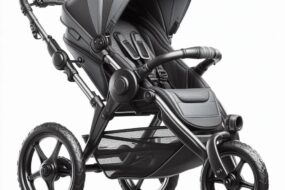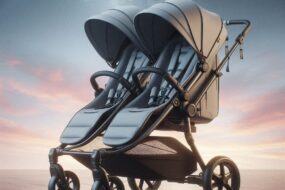
Choosing the best diaper for your baby can be quite a challenge, especially for new parents. With so many options available in the market, it’s necessary to understand the basics, the various types available, and what to look for in the best baby diapers for your little one.
Understanding the Basics:
Baby diapers are an easy tool to keep your baby clean. They have been designed in a way that allows waste absorption and storage while at the same time, leakage is prevented and the baby is kept comfortable and dry. The essential parts of a diaper include the top sheet, the absorbent core, and the waterproof outer shell.
Type of Diapers:
1. Disposable (Single-use) Diapers:
Disposable diapers are user friendly, making them the favorite choice for many parents. Their disposable nature helps in achieving great simplicity about hygiene, considering that they are available in various sizes to fit your baby while they grow up, including an moisture absorbing layer, leak guards, and elastic leg cuffs that offer maximum protection from leaks.
To ensure additional comfort and convenience, consider choosing diapers made with gentle materials and have wetness indicators.
2. Cloth (Fabric) Diapers:
This is in the general category of all the styles of cloth diapers, which include pre-folds, flats, and all-in-one diapers, each having their own special features. Cloth diapers have started returning in recent years because of it’s cost-effectiveness and eco-friendly nature. Although they may require more effort in terms of washing and maintenance, cloth diapers can be gentler on your baby’s skin and kinder to the environment in long run.
These diapers are also available in modern versions with adjustable snaps or Velcro closures.
3. Biodegradable Diapers:
For parents concerned about the environmental impact of disposable diapers, biodegradable options are worth considering. Such baby diapers are made from plant-based products such as bamboo, corn, sugarcane or wheat that disintegrate relatively quickly in landfills compared to traditional plastic-based diapers. They would be a little more expensive at the onset, but this green choice would not compromise on efficiency.
These were the major Baby Diaper types, there are some more as well such as:
4. Overnight Diaper:
Parenthood is a wonderful phase, and different experiences of joy and love are experienced in every stage. But a thing that sometimes causes stress and is quite a bother to parents is their baby’s nighttime sleep to make them comfortable. What is the solution for a night of uninterrupted sleep for the baby and the parents? Overnight baby diapers.
5. Preemie Diaper:
Welcoming a preemie baby into the world can be emotionally and physically challenging. Most infants born before the 37th week of gestation usually require special attention because of their size and delicate skin. Sometimes regular diapers are just not feasible for use, as they are either too big and cause irritation or are very uncomfortable. Preemie diapers are made to meet the needs of toddlers. They give a more secure fit, are skin-soft, and have features that makes care for preemie babies easier.
6. Hybrid Diaper:
As parents, we always want the best thing for our baby, and when it comes to making a decision on which diaper to buy, with all the varieties available in the market, it’s really a headache. This is where hybrid diapers come in, providing parents with a seamless mixture between the conveniences of disposables and the eco-friendliness and cost savings of cloth diapers. These modern diapers feature a reusable outer shell which comes with a disposable or washable insert. With this versatile system, it allows you to tailor your diapering approach to fit both your lifestyle and environmental aspirations.
7. Sensitive Skin Diaper:
As a parent, you want nothing but a best for your little one, especially when it comes to their comfort and health. Diapers come into direct contact with your baby’s skin so, for a baby with sensitive skin, choosing the right diaper is extremely important. Diaper rash, irritation and discomfort are common issues, but the right diaper can help keep your baby happy and rash-free. Many standard diaper contains chemicals, fragrances and materials that can irritate delicate skin. Diapers specifically designed for sensitive skin use gentle materials, free from harsh chemicals, and often include soothing ingredients like aloe vera or chamomile.
8. Adjustable Diaper:
Every baby is unique, and the need for diapering changes dramatically from one to another. The point about adjustable diapers is that they can be changed by parents through fit, absorbency, and style depending on a baby’s individual needs. More than comfort and protection, these diapers present flexibility for parents to create a functional diapering system for their family through the perfect blend of comfort and style.
Points to Consider While Selecting a Diaper:
1. Absorption Capacity:
Look for a diaper with excellent soaking capacity to keep your baby dry and comfortable for a long period. Good-quality diapers should have high absorption capacity and quickly pull away moisture to prevent leaks and rashes.
2. Fit & Comfort:
Proper fit is key to leak prevention and keeping your baby comfortable. Look for diapers with adjustable tabs that can stretch and be stabilized so your baby can move in any direction while staying dry.
3. Material:
Babies have delicate skin, so choose diapers made from gentle materials, free from harsh chemicals or fragrances, to minimize the risk of irritation or allergic reactions.
Look for diapers infused with soothing ingredients like aloe vera or vitamin E to help prevent and reduce the risk of diaper rash.
4. Leak Protection:
Choose a diaper with reliable leak protection features, such as double leg cuffs or a snug waistband, to contain messes effectively.
5. Wetness Indicator:
Some diapers come with a wetness indicator, normally in the form of a colored strip that changes when the diaper is wet. This feature can really help first-time parents have a visual reminder for when the diaper should be changed.
6. Size & Weight Recommendations:
Pay attention to the size and weight indications for the proposed diaper to be used. Getting the right size gives the baby the best fit and prevents leakage or any form of discomfort, such as too tight or loose diapers.
7. Breathability:
Select the kind of diapers that use breathable materials to aid in proper airflow circulation for your baby, hence minimizing risks of diaper rash. Proper ventilation helps keep your baby’s skin dry and healthy, particularly in hot weather and when wearing them for long durations.
Diaper Changing Tips & Best Practices:
Changing diapers are just some of the common routines most parents have to get used to. It is good to know a few tips and best practices that will make it a much smoother and more enjoyable activity both for you and your baby.
1. Setup a Changing Station:
Before you begin, make sure everything you need is within arm’s reach. This includes:
- Clean diapers: Have a stash of both daytime and nighttime diapers.
- Wipes: Use baby wipes that are gentle on your baby’s skin.
- Diaper cream: Prevent diaper rash by applying a barrier cream.
- Changing pad: Use a comfortable and safe surface.
- Disposal system: Have a trash can or diaper pail nearby
2. Safety First:
Never leave your baby unattended on a changing table. Always keep one hand on your baby to prevent falls. If you need to step away, even for a moment, take your baby with you or place them in a safe spot, like a crib.
3. Be Prepared For Messes:
Changing a diaper can sometimes be messy, so be always prepared for any kind of accidents or unexpected incidents. Make sure that you have a waterproof changing pad or liner beneath your baby to protect the other surface from getting wet with spills and leaks. Have a diaper pail or wet bag nearby for easy disposal of soiled diapers and wipes.
4. Keep Your Baby Engaged:
Diapering can be a time for great bonding and interaction with your baby. Sing songs, make funny faces, or just gently babble in order to keep your baby entertained and to distract them during the diaper change. This will most probably lead to them being less fussy and make the whole experience enjoyable for the both of you.
5. Check for Signs of Diaper Rash:
Regularly inspect your baby’s skin for signs of diaper rash, such as redness, irritation, or bumps. If you notice any signs, take proactive measures to address them, such as applying a diaper rash cream or allowing your baby’s skin to air dry before putting on a new diaper. Diaper rashes can be prevented by regularly changing diapers and by using gentle, fragrance free products.
Search
Recent Post
Potty Training: Tips and Tools to Make
- February 9, 2025
- 6 min read
Why Crawling Is Important: First Step Towards
- December 31, 2024
- 4 min read
Jogging Stroller: Your Ultimate Companion for Active
- November 21, 2024
- 3 min read


